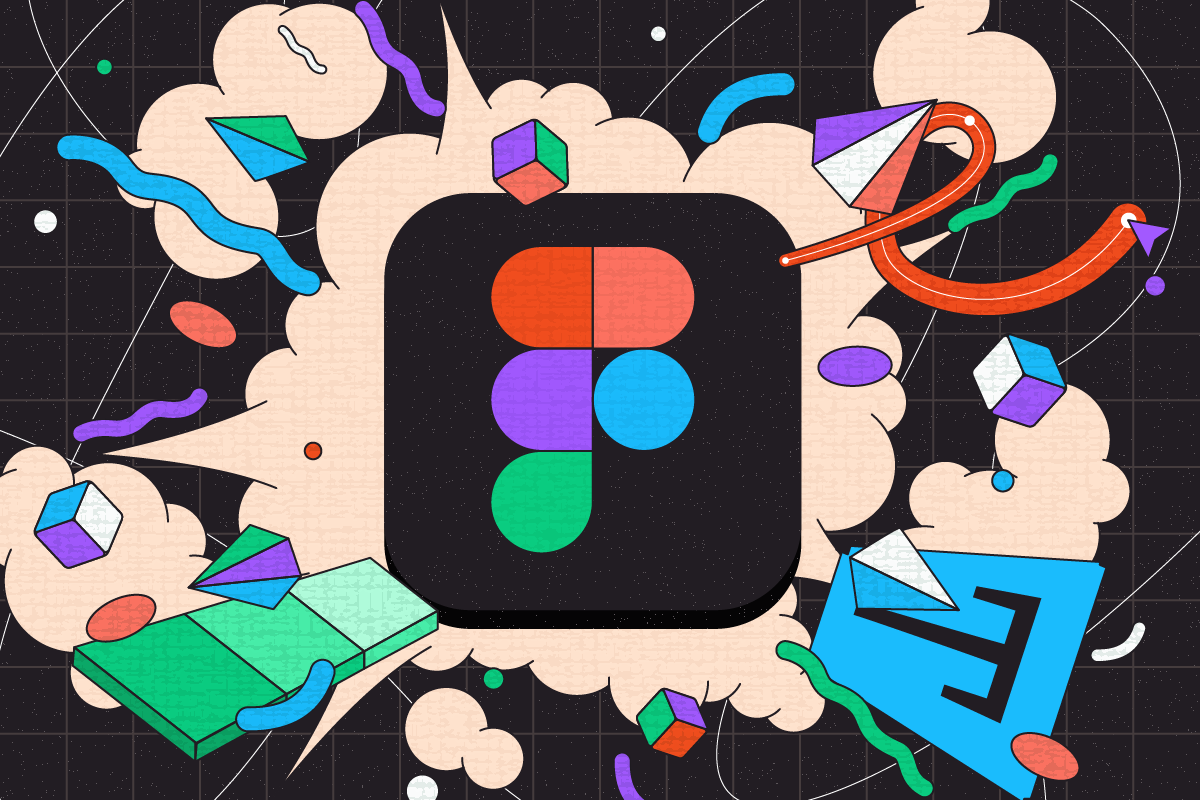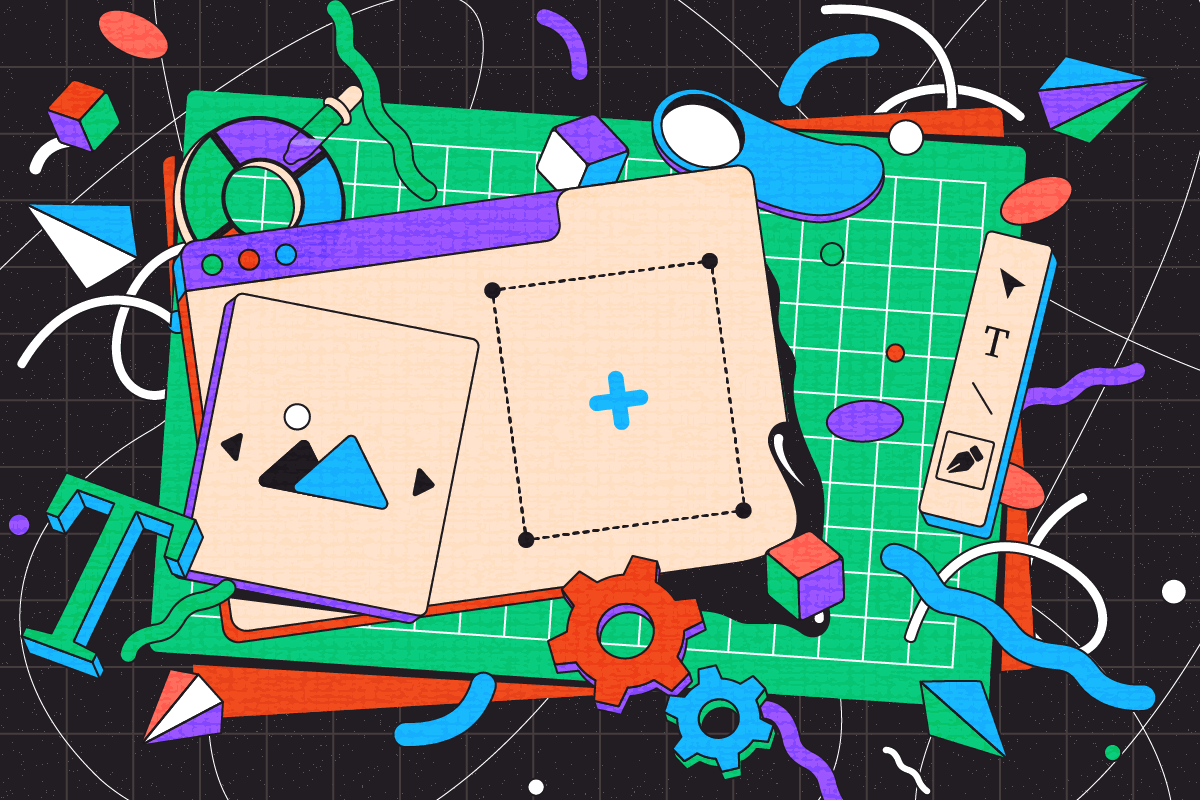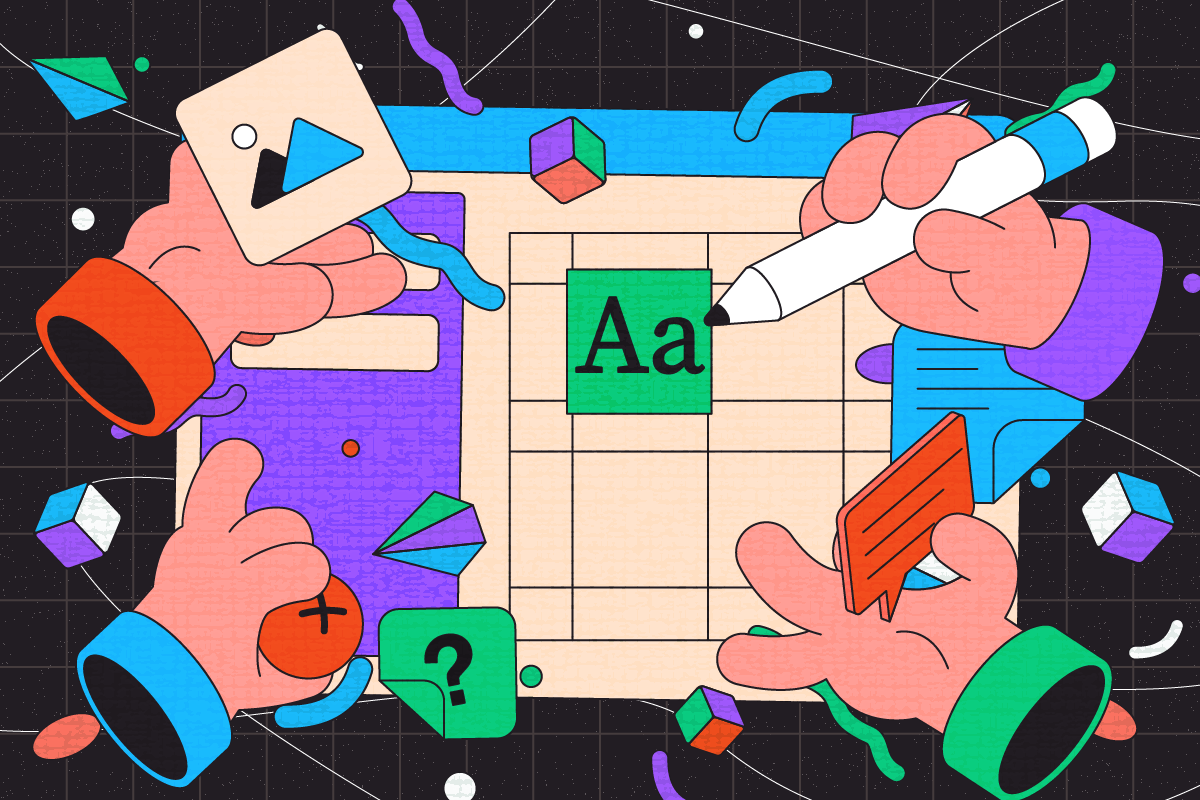
Figma User Interface Design
User interface design is integral to developing software applications, websites, and mobile applications. Therefore, with the growing importance of user experience (UX), it is essential to understand user interface design principles and best practices.
Figma is a popular interface design tool for graphic design and development. It is a popular choice for user interface design and user experience design.
Collaboration between the designers at the agency and the client who commissioned the project is an integral part of the design process. Thus, Figma offers many collaboration features.
Based on the experience of the designers of Renua Agency, we will provide some guidelines for designing the perfect User Interface in Figma, such as tips for creating a user-friendly and visually appealing design and common mistakes to avoid.
Overview of the Figma Interface and Tools

Figma is a powerful interface design tool that offers a variety of features and tools to help designers create user-friendly and visually appealing designs. To create a visually appealing and effective user interface, it is essential to master the art of perfecting user interface design in Figma.
In addition to the primary interface elements, Figma also includes various advanced tools and features. These tools include:
- Components: Components are reusable design elements you can use throughout your design. Components can include buttons, icons, and other UI elements. By using components, designers can ensure consistency and efficiency in procedures in your business.
As a result, components can be a tremendous asset to your design process, helping designers save time and work more efficiently. At their core, components are reusable design elements that can be quickly and easily replicated throughout your design. Rather than repeatedly recreating the same design elements, designers can create a component once and use it throughout their design. This not only saves time but also ensures consistency throughout the procedure.
- 2. Styles: Styles are reusable design properties that designers can apply to your design elements. Styles can include text styles, color styles, and effect styles. By using styles, designers can ensure consistency and efficiency in their designs.
By using styles in your Figma design, designers can achieve consistency and efficiency in several ways, such as:
- Consistency
- Efficiency
- Flexibility
- 3. Plugins: Plugins are third-party tools that can be added to Figma to extend its functionality. Plugins can include means for generating lorem ipsum text, exporting assets, and more.
In conclusion, the Figma interface and tools offer designers a variety of features and tools to help them create user-friendly and visually appealing designs. Using the Figma interface and tools effectively allows designers to speed up their design process and ensure consistency and efficiency.
Overview Features Figma User Interface Design

Perfecting user interface design in Figma is essential for any modern designer. Figma’s user-friendly tools and collaborative features make perfecting user interface design a breeze.
Real-time Collaboration
One of the most powerful features of Figma is its real-time collaboration capabilities. With Figma, designers can invite team members to collaborate on your designs, allowing you to view and edit your plans in real-time. This means that you can work with team members of a design agency, regardless of their location, and get instant feedback on your designs.
Comments and Feedback
Figma also offers various commenting and feedback features that make getting feedback on your designs easy. With Figma, you can leave comments on specific design elements and provide feedback, and team members of the design agency can reply to your comments. As a result, this makes it easy to collaborate on your designs and make changes based on feedback from design team members.
Version Control
Figma also offers robust version control features that make it easy to keep track of changes to your designs. With Figma, designers can create versions of your plans, and you can easily compare different versions to see what changes have been made. As a result, this makes it easy to roll back to previous versions of your designs if needed.
Sharing Your Designs
Figma makes it easy to share your designs with clients or team members. Designers can share your strategies by sending a link, or you can invite team members to collaborate on your designs directly in Figma. Figma also offers a range of sharing options, allowing you to control who can view and edit your plans.
In conclusion, Figma’s collaboration features are powerful tools that can help you work more efficiently with others in designers team. As a result, with real-time collaboration, commenting and feedback features, version control, and sharing options, Figma makes it easy to collaborate on your business designs and get real-time feedback.
Figma User Interface Design Best Practices
Designing the perfect user interface in Figma that is both user-friendly and visually appealing can be a challenge. Here are some Figma UI design best practices. They are helpful for designers to help them create user interface designs that are easy to use and visually appealing to users in your business.
Keep It Simple
When it comes to UI design, simplicity is critical. A cluttered interface can overwhelm users and make navigating your app or website difficult. Ensure the agency designers keep the UI design clean and simple, focusing on the most critical elements.
Use Consistent Design Elements
Consistency is vital in UI design. Designers should use the same design elements throughout the app or website, such as colors, fonts, and button styles. This will help users to navigate your app or website more efficiently and make it more visually appealing.
Make It Easy to Navigate
One of the most essential Figma UI design best practices is easy navigation. Users should be able to find what they are looking for quickly and easily. Therefore, ensure that your app or website is easy to navigate, with clear labels and intuitive icons.
Use Visual Hierarchy
Visual hierarchy is the arrangement of design elements in order of importance. Designers should use visual hierarchy in user interface design to draw attention to essential features, such as calls to action and important information.
Use White Space
White space is the area between design elements. Designers shouldn’t be afraid to use white space to create a clean and simple design. Effective use of white space can make your UI design more attractive and easier to navigate.
Test Your UI Design
In conclusion, testing the user interface design with real users is essential. This will help designers and you to identify any usability issues and make changes to your plan as needed. To do this, designers use tools such as user testing and A/B testing to gather feedback from real users.
Additional Info
See these articles:
Figma UI Design — Creating Exceptional User Interfaces
The Power of User-Centered Design
Common Mistakes to Avoid Figma User Interface Design
There are inevitable common mistakes that designers can avoid to ensure that your business UI design is compelling and engaging. Here are some common mistakes that designers in Renua Agency avoid in Figma UI design. Pay attention to the fact that the designers of your chosen agency also do not make these mistakes.
Not Following UI Design Principles
UI design principles are fundamental concepts that guide the design of effective user interfaces. These principles include simplicity, consistency, navigation, visual hierarchy, and white space. Not following these principles can result in a UI design that is confusing, cluttered, and difficult to use as a result.
Ignoring User Feedback
User feedback is essential for designing the perfect User Interface in Figma. Ignoring user feedback can result in a UI design that is not user-friendly or effective. Therefore, gather and incorporate user feedback throughout the UI design process to ensure that your design meets the needs of the users of your business.
Overcomplicating the UI
Overcomplicating the UI can be a common mistake in Figma user interface design. Please note that a cluttered interface can bore users and make navigating your app or website difficult.
Not Testing the UI
Testing your UI design with real users is essential. This will help you to identify any usability issues and make changes to your design as needed. Therefore, designers should use tools like user testing and A/B testing to gather feedback from real users.
Not Using Components and Styles
Components and styles can be a tremendous asset to your design process in Figma. Therefore, not using them can slow your workflow and complicate maintaining consistency throughout your design. Designers in good modern design agencies should use components and styles to save time and keep the UI design consistent.
Conclusion
Figma is an example of graphic design software often used for interface design and development. These programs are often used with other tools to create compelling user interfaces and visual methods for your business.
Figma is a powerful tool for UI design that is becoming increasingly popular in the design community. Thus, by perfecting user interface design in Figma, designers can create intuitive and visually appealing interfaces that improve user experience. It allows designers to create, share, and collaborate on designs in real-time, making it an ideal choice for teams that are working remotely. In addition, it is convenient in Figma to show the client the Design Agency step by step, what has already been done for the design project, what remains to be done, etc.
Renua | Linkedin | Behance | Dribbble | Clutch | Twitter